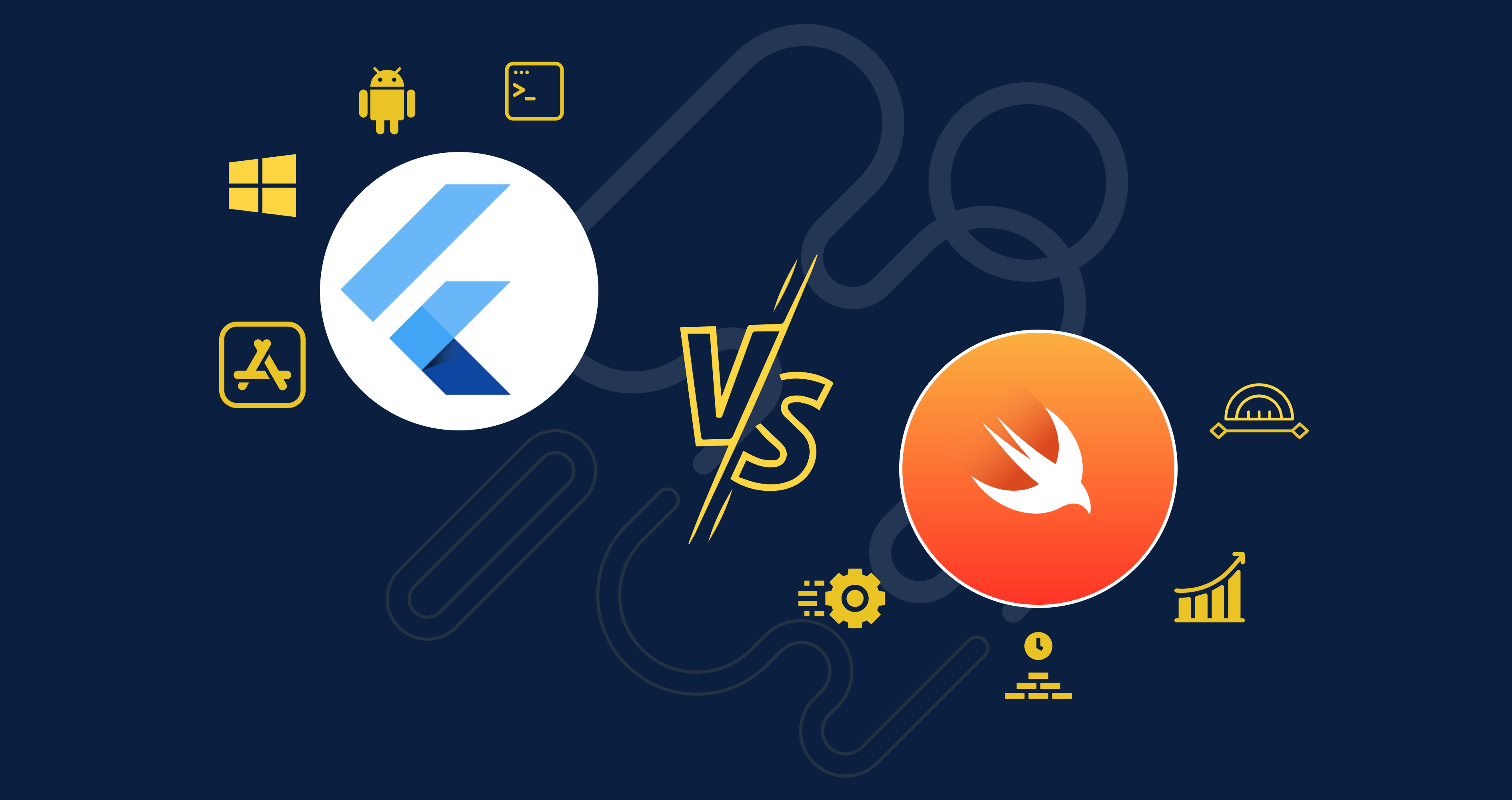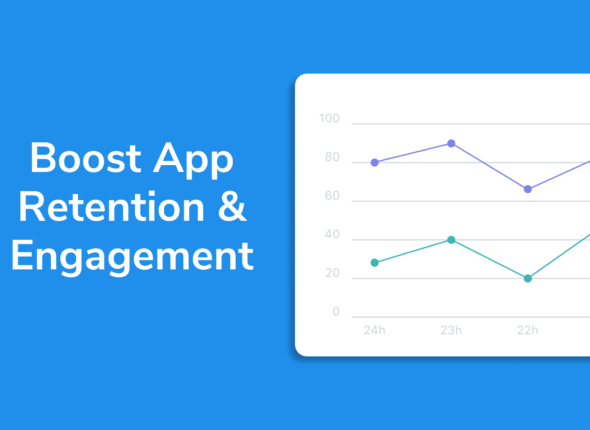Mobile apps are software designed to run on different types of mobile devices. Plus, if you keep an eye on what organizations are doing to make money and generate leads, you will soon realize that apps are helping them grow exponentially. And if you do not have something similar for your business, then you are missing several great opportunities to make heaps of revenue, spread your products and services to a wider audience.
Today, we will look into two different frameworks, i.e., Swift and Flutter. Before diving into the comparison, let us understand what these programming languages are. The primary difference between Flutter and Swift is, Flutter is a framework that uses a Dart programming language developed by Google, while Swift is a programming language used for iOS app development.
What is Flutter?
Flutter is an open-source UI software development toolkit created by Google, used for building natively compiled applications for multiple platforms from a single codebase. It allows developers to create apps for mobile (iOS and Android), web, desktop (Windows, macOS, Linux), and even embedded devices using a unified framework.
.png)
Key Features of Flutter:
Cross-Platform Development
- Single Codebase: Flutter enables developers to write code once and deploy it across multiple platforms, reducing development time and effort.
Dart Programming Language
- Dart: Flutter apps are written in Dart, a programming language developed by Google. Dart is known for its ease of learning, fast performance, and strong support for building rich user interfaces.
Rich Widget Library
- Customizable Widgets: Flutter provides a comprehensive library of pre-designed widgets that can be customized to create visually appealing and highly responsive user interfaces. Widgets are the core building blocks in Flutter, allowing developers to compose and design the entire UI.
Hot Reload
- Instant Updates: Flutter’s “hot reload” feature allows developers to see the results of code changes in real-time without restarting the app. This speeds up the development process and enhances productivity.
High Performance
- Native Performance: Flutter’s architecture allows for near-native performance by compiling Dart code into native machine code for iOS and Android. It also uses its own rendering engine (Skia) to render UI components directly, bypassing native UI frameworks and ensuring consistent performance across platforms.
Flexible UI
- Consistent UI Across Platforms: With Flutter, developers can create a consistent look and feel across different platforms while still adhering to the design guidelines of each platform (e.g., Material Design for Android, Cupertino for iOS).
Open-Source Community
- Community Support: Being open-source, Flutter has a large and active community that contributes to its development, offers plugins, and provides support.
Use Cases for Flutter:
- Mobile Apps: Building cross-platform mobile apps that run on both iOS and Android with a single codebase.
- Web Apps: Creating responsive web applications that can run on different browsers.
- Desktop Apps: Developing applications for Windows, macOS, and Linux.
- Prototyping: Quickly creating prototypes and MVPs (Minimum Viable Products) to test and iterate ideas.
Popular Apps Built with Flutter:
- Google Ads: A mobile app for managing Google Ads campaigns.
- Alibaba: A major e-commerce platform in China.
- Reflectly: A personal journal and mental health app.
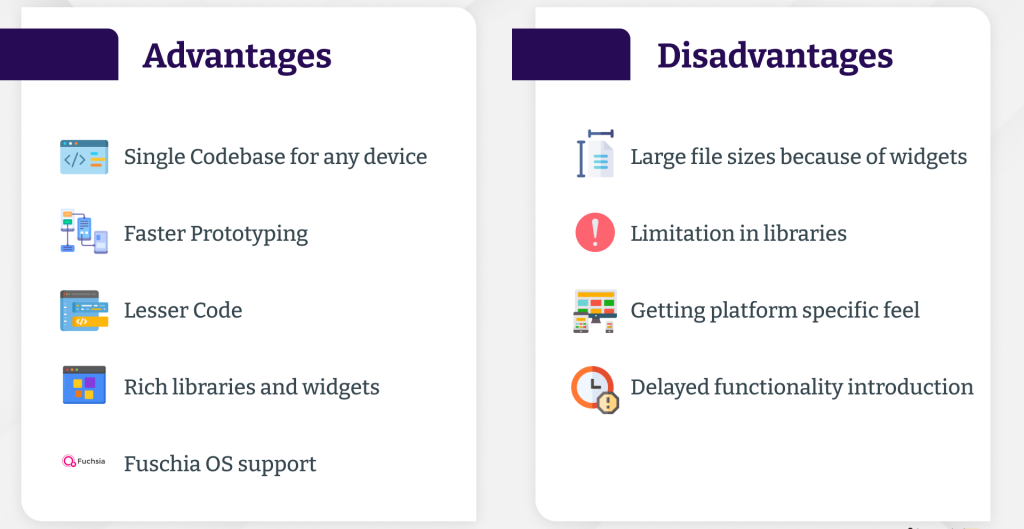
What is Swift?
Swift is a powerful and intuitive programming language developed by Apple for building applications across its platforms, including iOS, macOS, watchOS, and tvOS. Introduced in 2014, Swift is designed to be fast, safe, and easy to use, making it a preferred choice for developers creating apps for Apple devices.

Key Features of Swift:
Modern Language Design
- Safe and Fast: Swift is built with performance in mind, offering a syntax that is concise yet expressive. It also includes features to help prevent common programming errors, such as null pointer exceptions, making code safer and more reliable.
- Memory Management: Swift uses Automatic Reference Counting (ARC) to manage memory, which helps optimize app performance by efficiently managing the app’s memory usage.
Syntax and Readability
- Easy to Learn: Swift’s syntax is designed to be clean and easy to read, which makes it more approachable for developers, especially those new to programming.
- Expressive Code: The language allows for more expressive code, reducing the amount of boilerplate and making code easier to write and understand.
Interoperability
- Objective-C Compatibility: Swift is fully interoperable with Objective-C, the language it was designed to succeed. This allows developers to integrate Swift code into existing Objective-C projects and vice versa.
- C and C++ Compatibility: Swift can also work with C and C++ code, enabling the use of existing libraries and functions within Swift applications.
Playgrounds and Xcode Integration
- Interactive Development: Swift Playgrounds is an interactive development environment that lets developers experiment with Swift code in real-time, making it a great tool for learning and prototyping.
- Xcode Support: Swift is tightly integrated with Xcode, Apple’s official development environment, providing powerful tools for coding, debugging, and optimizing Swift applications.
Open Source
- Community and Libraries: Swift is open-source, which has led to a thriving community of developers and a rich ecosystem of third-party libraries and tools. The language’s open-source nature allows for contributions from developers around the world, continually improving the language and expanding its capabilities.
Use Cases for Swift:
- iOS App Development: Swift is the primary language for developing iOS apps, making it essential for developers targeting the iPhone and iPad platforms.
- macOS Apps: Swift is also used for creating desktop applications for macOS, leveraging the full capabilities of Apple’s desktop environment.
- Cross-Platform Development: With the help of frameworks like SwiftUI and third-party tools, Swift can be used to develop cross-platform applications that run on multiple Apple devices.
Popular Apps Built with Swift:
- Airbnb: A popular platform for booking accommodations and experiences.
- LinkedIn: A professional networking site with a robust mobile app.
- Lyft: A ride-sharing service that uses Swift for its iOS app.
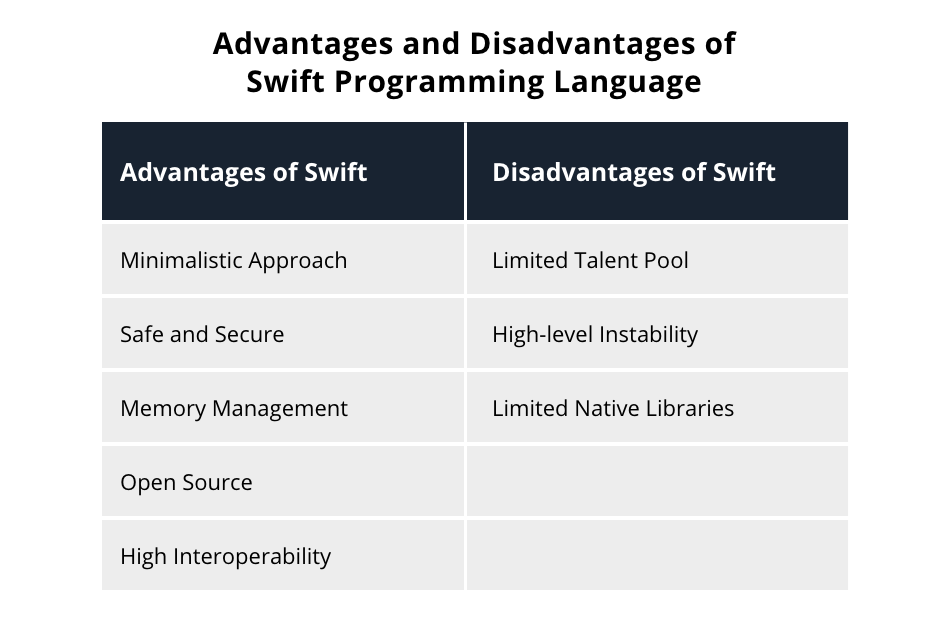
Flutter vs. Swift: Conclusion
Flutter is an excellent choice for developers looking to create cross-platform apps with a single codebase, offering fast development and a consistent user experience across platforms. However, it may not match the performance and native look and feel of platform-specific apps in some cases.
Swift is ideal for developers focusing on the Apple ecosystem, offering unmatched performance, access to native features, and a seamless user experience tailored to iOS. It is best suited for apps that require deep integration with Apple’s hardware and software.
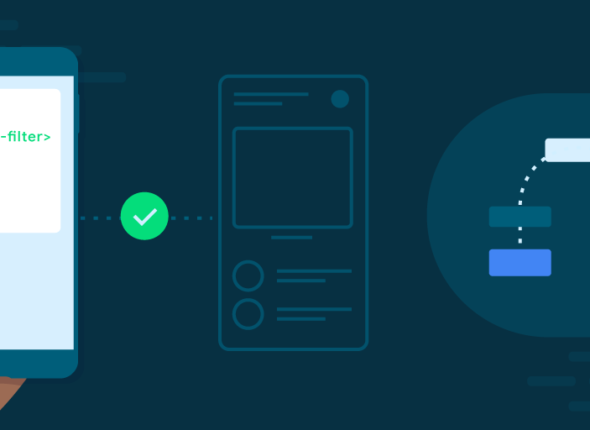
Tips for Reducing App Load Time and Memory Usage
In today’s fast-paced digital world, users expect mobile apps to perform flawlessly, load quickly, and...
- October 17, 2024
- Com 0

